|
Of all the botanical gardens I have visited in the United States, the Hawaii Tropical Botanical Garden on the Big Island of Hawaii is my favorite. It spans 40 acres of untouched rain forest and is home to over 2,000 species of tropical plants. However, it is not just a botanical garden but also a breathtaking tropical nature preserve and sanctuary. With its multi-tiered waterfall, numerous streams, and a picturesque oceanfront walk along Onomea Bay, this garden has earned its reputation as one of Hawaii's most magnificent destinations.
The adventure begins before you even reach the Garden…
Just the journey to the Gardens is an experience like no other. Situated on the Hamakua Coast a few miles from Hilo, Hawaii Tropical Botanical Gardens is about halfway down the Pepe’ekeo Scenic Drive. This drive is a 4-mile stretch of the Old Mamalahoa Highway, a narrow, meandering coastal road enveloped in lush foliage and heavy cascading vines that dangle gracefully along its edges. This is the wild rain forest jungle that most of us dream of visiting!
A little over a mile down, don’t be confused by the cars parked along the edge of the road; this is the trailhead for the Old Donkey Trail down into Onomea Bay. The Garden is a little further down, with a convenient parking lot on the left.
The round-trip walk through the garden is a little over a mile. But while they say you can see it all in 90 minutes, I have never spent less than 4 hours here, so watch your time if it’s limited.
Once you step through the Garden gate on the ocean side of road, it is a 120-foot descent on a 500-foot-long raised boardwalk to the gardens below. This captivating pathway meanders through a breathtaking narrow ravine with an array of extraordinary flora such as orchids, palms, heliconias, gingers, and bromeliads. Even during our winter visit, when most of the flowers were not blooming, we were still captivated by its lush beauty!
About halfway down, you'll find the story about how the garden began...
On June 8, 1977, newly married Dan and Pauline Lutkenhouse visited the Big Island of Hawaii for the first time. They purchased an old “vacation house” on the Hilo side of the island with plans to return often to visit and renovate the old house. While shopping for that old house, they were also shown a 17-acre piece of property that sat on the ocean in a valley and was so overgrown that you needed a machete to walk through it. Not much more than a junkyard, it was filled with old cars, machinery, appliances, and trash of all kinds; even so, it was still absolutely breathtaking! Dan immediately fell in love with the property and decided he would purchase this land, too. His dream was to plant a unique and peaceful garden for people to enjoy, forever preserving this beautiful ocean valley. Dan was 56 years old at the time; he sold his transportation business on the mainland and within a year, had embarked on bringing his dream to fruition. For the next eight years, Dan with the help of an assistant and two other workers was busy clearing the land, designing the garden, collecting the plants, and planting. All work had to be done by hand to avoid disturbing the natural environment and destroying valuable plants. They built a lake, discovered hidden waterfalls, and carved out beautiful trails throughout his Garden. Lastly, he named it Hawaii Tropical Botanical Gardens and created a nonprofit corporation ensuring it would be protected for generations. The Garden finally opened to the public in 1984. Over time, the Lutkenhouses purchased additional adjoining ocean-front property, which they donated to the Garden, preserving 37 acres of beautiful Onomea Valley. Millions of visitors worldwide enjoy these gardens and nature preserves every year. Hawaii Tropical Botanical Gardens is self-sustaining and governed by a small Board of Directors; the Garden thrives on visitor admissions and private donations.
At the bottom of the walkway, I have always headed left to the stairs, where you get a fantastic panoramic view of the entrance to the Palm Jungle. The Gardens is home to almost 200 species of palms; you can see many of them here.  The Palm Jungle The Palm Jungle
Entering the Palm Jungle is almost a spiritual experience, much like entering a cathedral. You'll notice a temperature drop when you enter this heavily shaded area, and it's quieter here. It's a beautiful place to spend some time on a hot day.
These towering Alexandra palms are common to areas severely inundated during heavy rain events and grow profusely in the valleys along the Hamakua Coast. Their ability to withstand these conditions allows them to become the dominant species. A little further along, you’ll get your first glimpse of Onomea Stream running along the right side of the path. This is the area that Dan Lutkenhouse was clearing when he discovered the waterfall. I can’t even imagine his excitement as he hacked and slashed his way through heavy vines and overgrowth and began to hear that incredible sound of rushing water that is always a prelude to a waterfall. As my husband says, "There's nothing better than rushing water in the woods!" Then suddenly, there it is; look at that beauty of a waterfall! Onomea Falls is the crown jewel of the Gardens. This multi-tiered waterfall gracefully cascades down into the valley and divides into a second smaller waterfall when it hits the first pool. Spend some time here and enjoy the view.
From here, you will backtrack through the Palm Jungle and follow the Heliconia Trail that ends at the Orchid Garden.
The Orchid Garden is absolutely spectacular!
Here is just a sampling of some of the amazing flowers that I photographed while in the Gardens. Check my Flowers & Gardens Collection for others. I could edit for years on just the flower images that I shot on my two visits to the Gardens. I will continue to add more florals as time permits.
Click on each photo to see the complete image...
While traveling through the Gardens watch closely for wildlife. The geckos can entertain me for hours and they aren't quite as skittish here as they are in most areas of the islands. I have also spotted the Hawaiian Hawk 'Io and other birds in the trees. Mongoose dashing across the pathways and A'ama crabs climbing in the lava along the coastline.
The legend of Twin Rocks…
Long ago, the fishing village of Kahali’i was located right on this spot in Onomea Bay. Legend has it that one day the chief of the village spotted many canoes heading their way. Fearing an attack he asked for two young lovers to be guides and protectors of the village by giving their lives. The next morning the village was safe and the lovers were gone. In their place were two giant rock formations at the entrance of the bay, attached to each other, as if on guard. The lovers of Kahali’i and their offspring still stand today, sentinels at the head of the bay. They are now called Twin Rocks.
Onomea Bay is a very historically significant area of the Big Island. This was one of the island's first natural landing areas for sailing ships. In the early 1800s, the fishing village, known as Kahali'i, grew into a shipping port, first importing the materials used to build the Onomea Sugar Mill and later exporting the raw sugar produced there. From the Sugar Mill, sacks of unrefined sugar were loaded onto donkeys and driven down the donkey trail to the docks to be loaded onto ships.
The settlers that came here to work the sugar cane fields and build the Sugar Mill were a mixture of Portuguese, Chinese, Japanese, and Filipinos. These early settlers removed all of the valley's native vegetation. All that remained were some tall coconut palms, now over 150 years old. The tall mango and monkeypod trees that can be seen in the valley today have been growing here since 1850. These settlers also built the old stone walls that are still located within the Garden. These walls were used to keep the land from eroding into the nearby stream and for making terraces for growing their taro and sugar cane.
By the early 1900s, Onomea Valley was deserted, and the vegetation grew so densely that few signs of former habitation could be seen. I imagine it was quite a sight when Mr. Lutkenhouse started clearing it in the late 1970's.
After the Sugar Mill ceased operations, the settlers began to move away. Relics of the old mill can still be found in the hills above the Garden. A Portuguese bake oven located on the Cook Pine Trail was discovered while clearing that area and is another remnant from this time. Today, thanks to Dan Luntkenhouse's vision, exotic plants gathered from distant tropical rainforests grow alongside native Hawaiian plants. Together they form a spectacular living work of art in the only tropical botanical garden in the United States on an ocean coast. Know Before You Go
For more information about the Big Island of Hawaii, be sure to check out my posts about The Painted Churches and Waipi'o Valley.
About the Photographer
beyond casual snapshots that evolved into a desire to capture each and every location and object as “art”. By meshing her two loves, photography and design, she has come full circle. Only now, she is creating art instead of just purchasing it.
Not every image makes it into my blog. If you enjoyed the images in this article, please check out my Hawaii Collection for more images of the Islands, or visit my Gallery with over 3000 images of locations from around the United States.
2 Comments
5/19/2023 04:44:22 am
Reply
Susan Tregoning
5/19/2023 08:00:15 am
Thanks for taking the time to leave me a note! So happy you enjoyed my post!
Reply
Your comment will be posted after it is approved.
Leave a Reply. |
AuthorI am the 8th photographer in 4 generations of my family. Back in 2006, my husband accepted a job traveling, and I jumped at the chance to go with him. Categories
All
Archives
June 2024
This website uses marketing and tracking technologies. Opting out of this will opt you out of all cookies, except for those needed to run the website. Note that some products may not work as well without tracking cookies. Opt Out of Cookies |

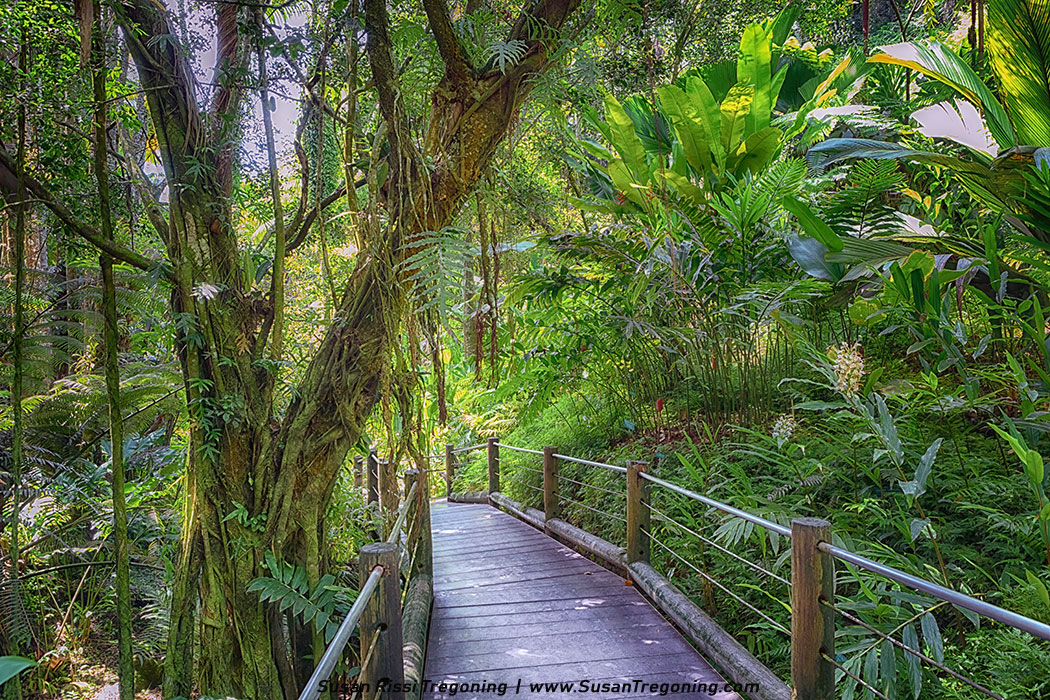
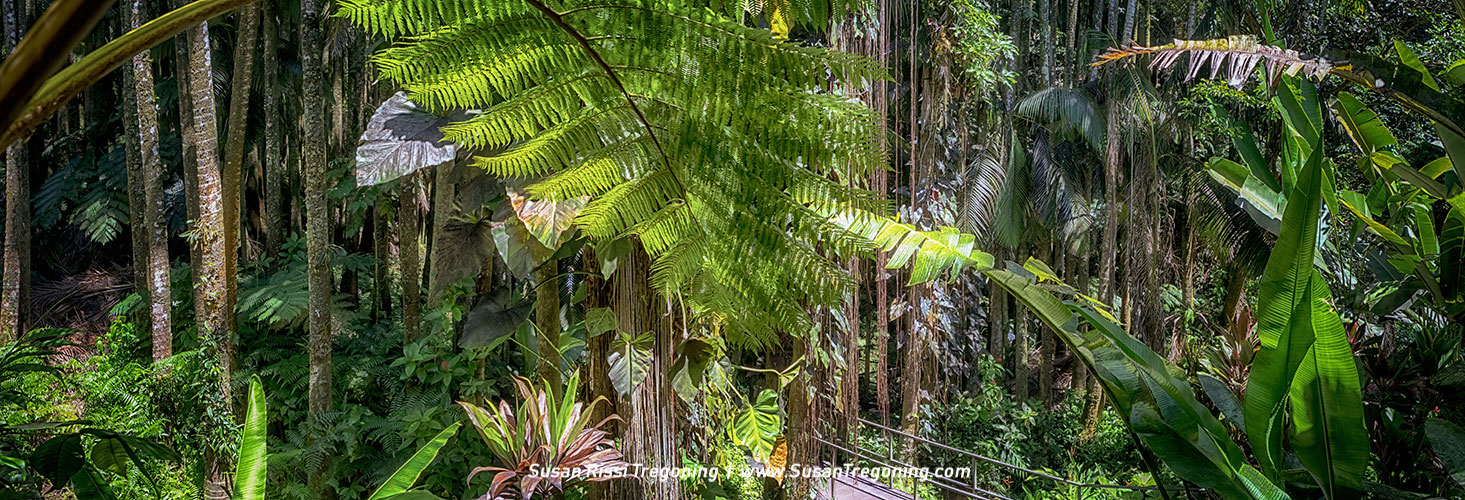

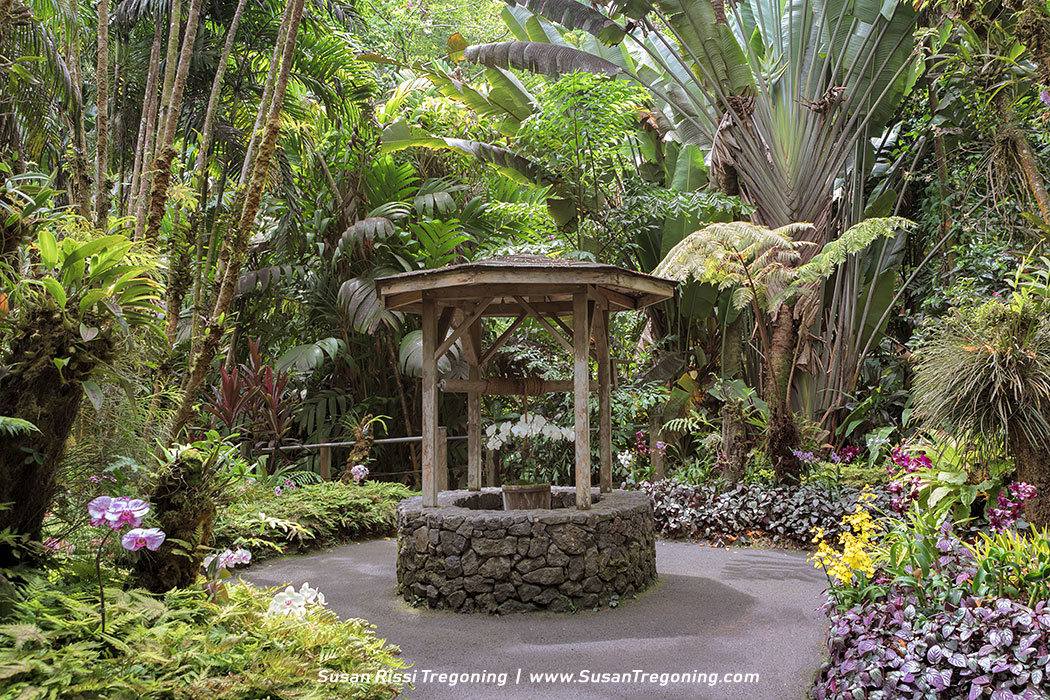

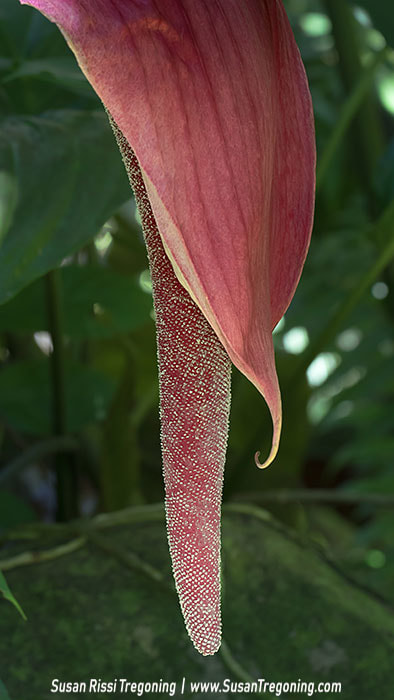


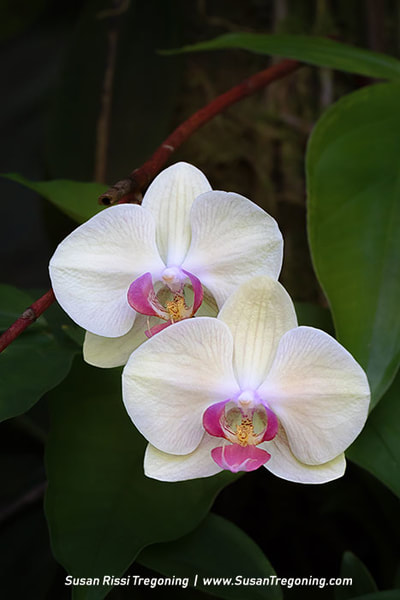

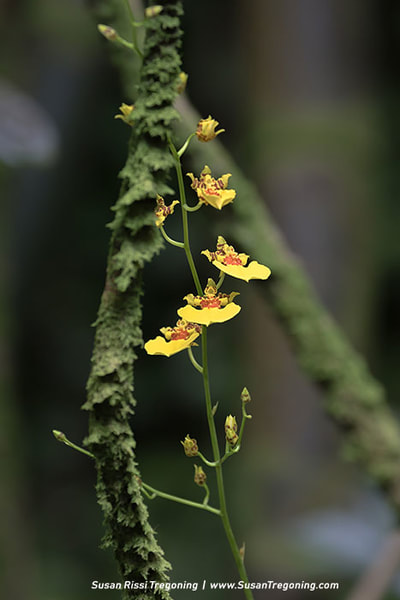

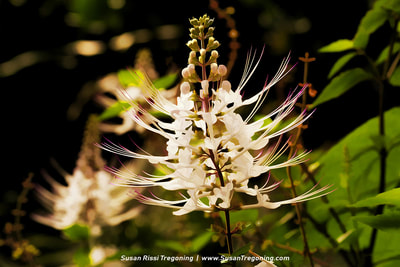

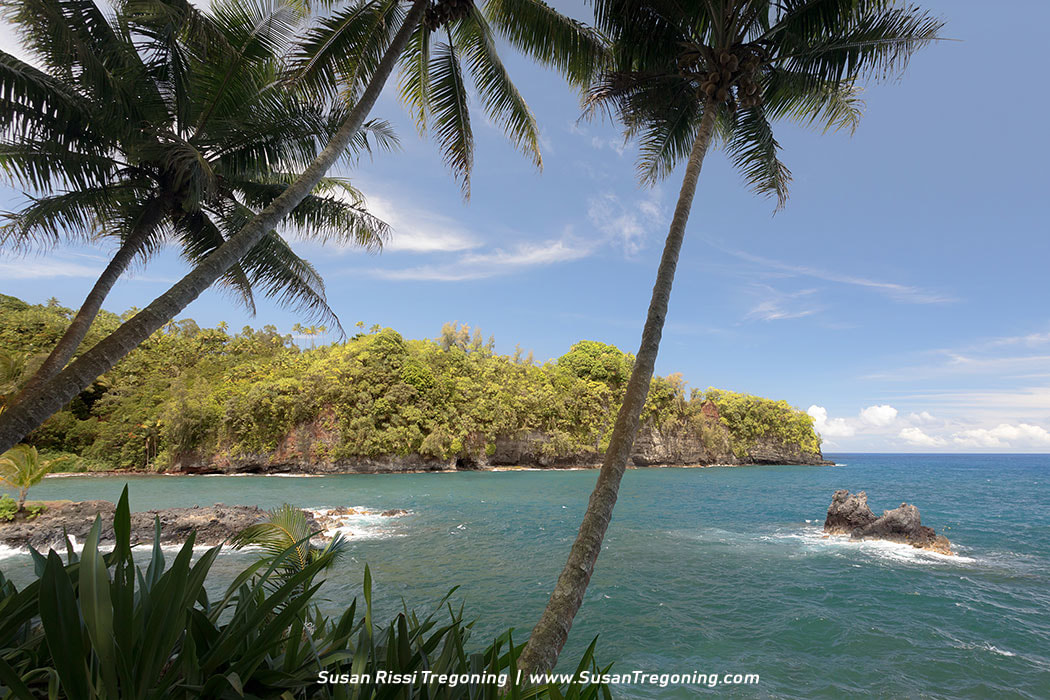


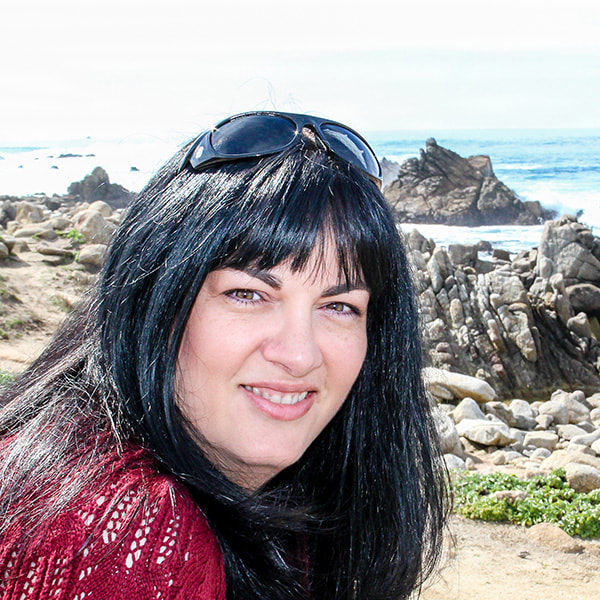


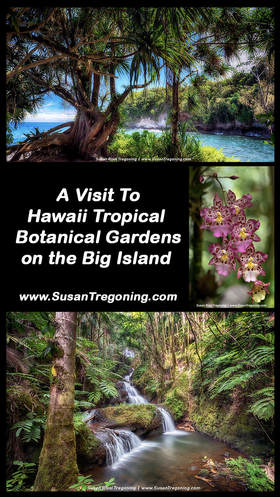
 RSS Feed
RSS Feed